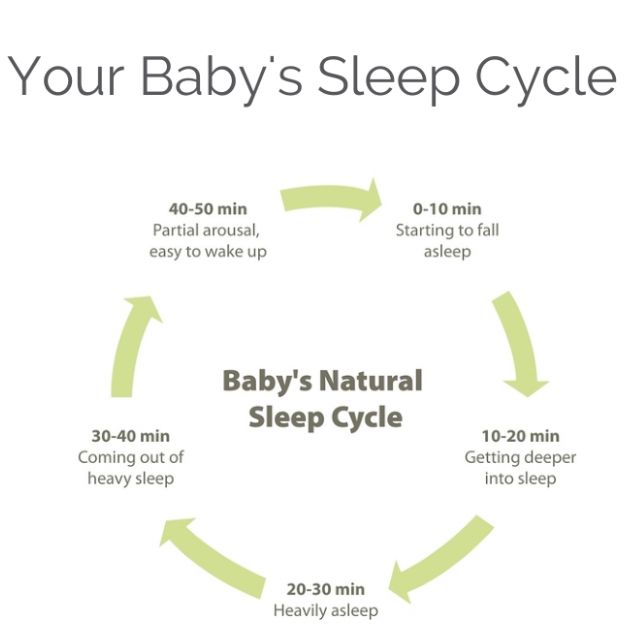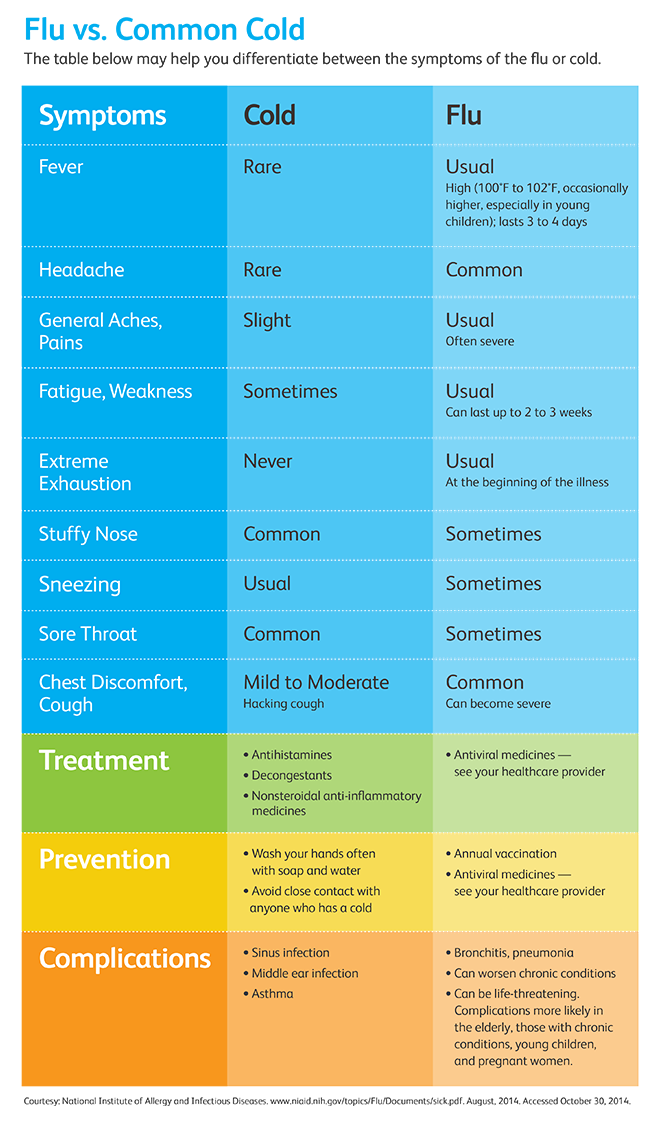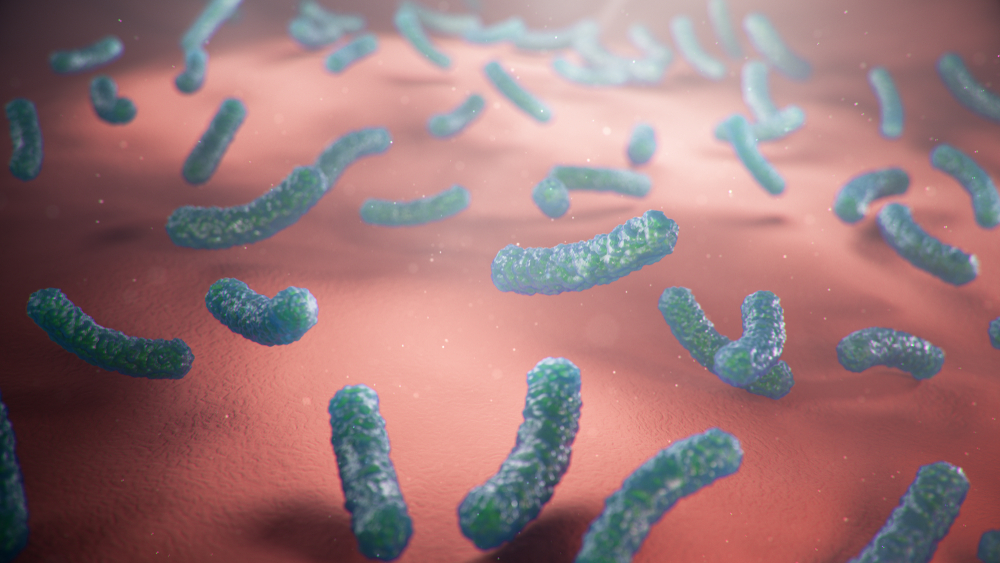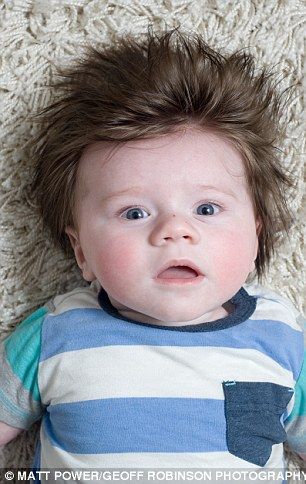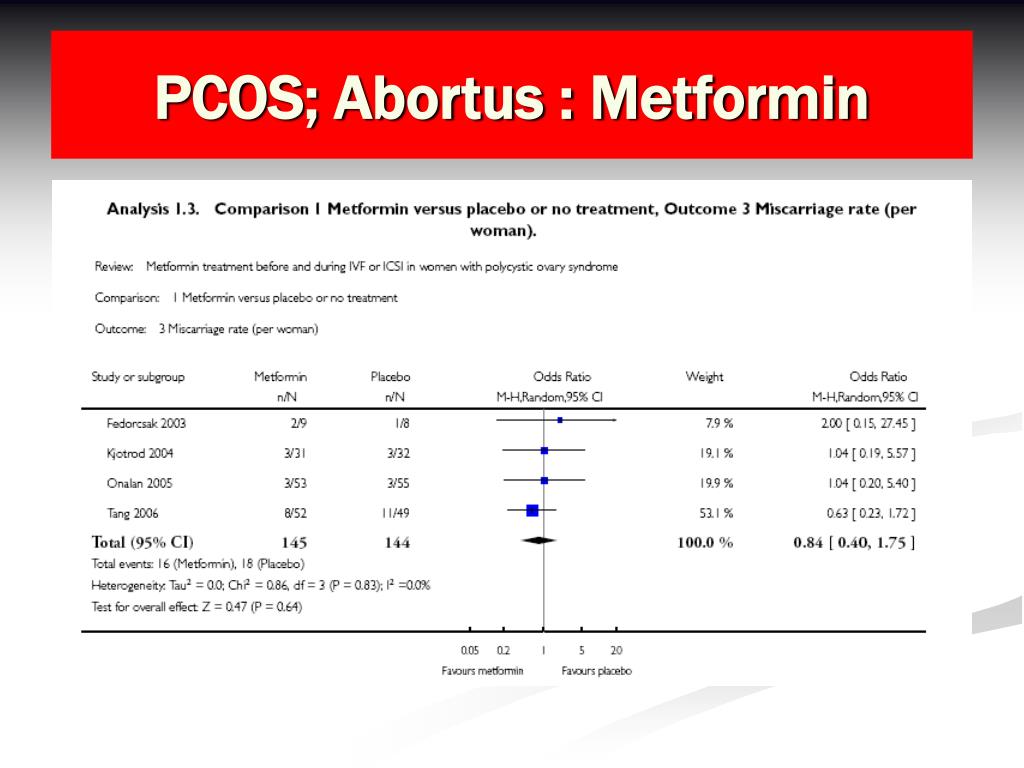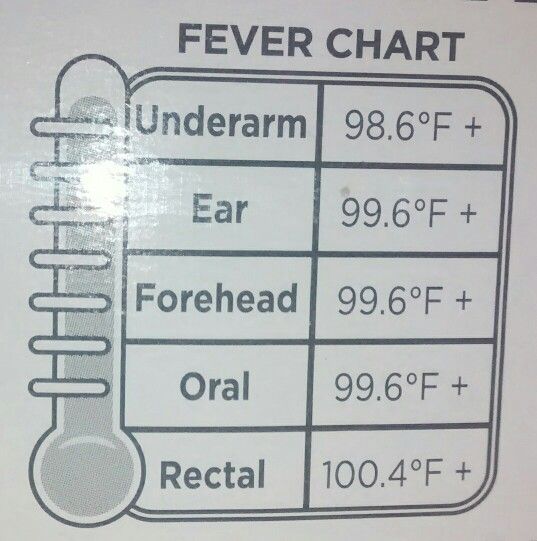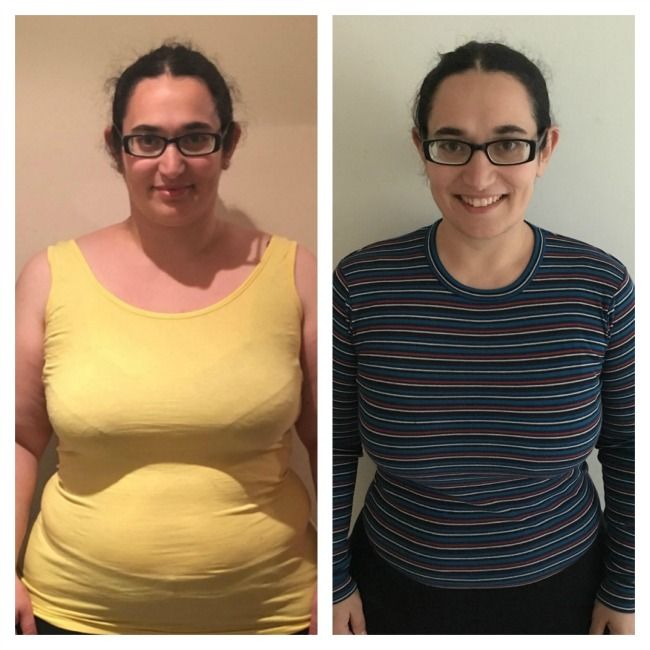Infant sleep cycle
Infant Sleep Cycles: How Are They Different From Adults?
Baby sleep patterns can feel like a mystery to new parents, especially when they cause the parents sleep deprivation. In healthy adults, sleep patterns are fairly predictable and consistent. In comparison, an infant’s sleep cycle might seem random, with the baby waking up and falling asleep at any time of day or night.
By learning more about baby sleep cycles, parents can better understand their infant and potentially ease both frustration and worry. Sleep plays a major role in a baby’s cognitive development. Therefore, it is important for parents to understand and promote good sleep.
How Is an Infant’s Sleep Schedule Different From an Adult’s?
Infants and adults differ with how much and when they sleep. Generally, healthy adults sleep at least seven hours each night, in a single block of time that is largely uninterrupted. In comparison, newborn babies require up to 18 hours of sleep, broken into multiple short periods, every 24-hours. By six months, babies sleep an average of about 13 hours each day, over larger blocks of time.
Many parents understandably want their baby to sleep through the night. The longer a baby sleeps quietly, the longer the parents can sleep. Unfortunately, most parents of newborns must accept their baby waking up several times during the night. Newborn babies wake up throughout the night because they have not fully developed a strong circadian rhythm that makes children and adults tired at night instead of during the day.
Most babies begin to approximate a more “adult” sleep schedule between three months and one year of age. During this time of life, babies begin to sleep for longer periods during the night and shorter periods during the day time.
However, not all babies conform to an “adult” sleep schedule at the same age. Parents should not worry if their baby is not “sleeping through the night” prior to one year of age. Even after one year, it is common for many babies to wake up at least once per night.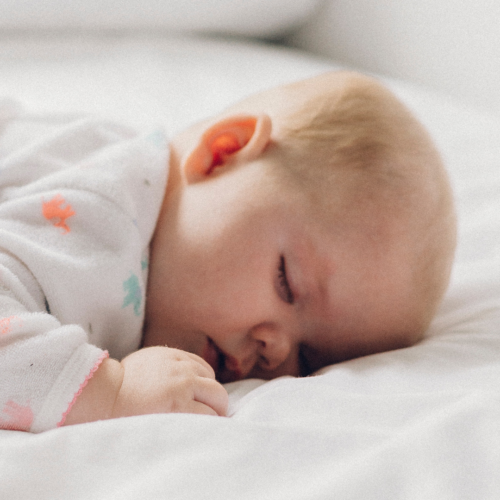
What Does a Baby’s Sleep Cycle Look Like?
Generally, researchers identify two sleep stages in newborn babies and four sleep stages in babies over three months old. The newborn sleep stages are rapid eye movement (REM) and non-rapid eye movement (NREM). Newborns spend close to equal amounts of time in REM and NREM while they sleep.
The REM sleep stage is frequently called “active sleep” and NREM is called “quiet sleep.” During “active sleep,” or REM, a baby can be seen making small movements. The baby’s eyes move around (while closed), their limbs and fingers might twitch or jerk, their breathing might speed up, and they might move their mouths. During “quiet sleep,” or NREM, the baby is still and does not make these movements.
Once a baby reaches around three months of age, they begin experiencing the same sleep stages that adults experience. Adults experience four distinct sleep stages. These sleep stages include three stages of NREM sleep and one REM sleep stage. They are distinguished by the following brain waves:
They are distinguished by the following brain waves:
- Stage 1 (NREM 1): alpha waves and low-amplitude mixed-frequency activity
- Stage 2 (NREM 2): sleep spindles and K-complexes
- Stage 3 (NREM 3): delta waves
- Stage 4 (REM): alpha and beta waves (similar to waking state)
The first three stages of sleep are all NREM stages. The first two are lighter stages of sleep, during which a person can be easily awakened. The third stage of sleep is the deepest stage, and it is very difficult to wake someone in this stage. The fourth stage of sleep is REM, the stage in which people experience dreams. Adults experience these stages in the order they are numbered.
Although babies begin experiencing four stages of sleep around three months, it is not until closer to 5-years-old that children’s “sleep architecture,” or their time spent in each sleep stage, begins to mirror that of adults. As babies, they experience a short REM stage almost immediately after falling asleep instead of last in the cycle.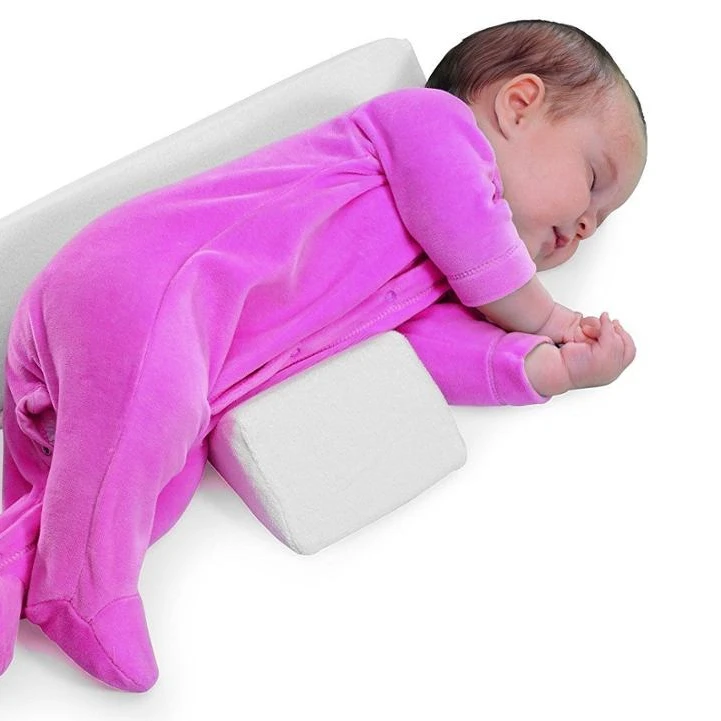 In contrast, adults do not experience REM until they have been asleep for around 90 minutes.
In contrast, adults do not experience REM until they have been asleep for around 90 minutes.
How do Sleep Cycles Progress as a Baby Grows?
A newborn baby’s sleep cycle falls into the two categories of REM/active and NREM/quiet. In the first few months of life, babies’ sleep is split nearly evenly between REM and NREM sleep stages. As a baby grows, their sleep cycles progress and they begin to spend less time in REM sleep. They also begin experiencing the three stages of NREM, instead of one. As a baby grows, their sleep cycle looks more and more like an adults’ sleep cycle.
Understanding a baby’s sleep cycle is important for parents interested in sleep training. Because babies are not born with a strong circadian rhythm, sleep training is not possible for most newborns. Parents who want to sleep train have to work with their baby’s unique development timeline, and might not be able to sleep train until six months of age.
How Much Rem Sleep Do Babies Get?
Newborn babies spend roughly 50% of their time asleep in REM. Since newborns sleep up to 18 hours each 24-hour period, that means they experience up to nine hours of REM each day.
Since newborns sleep up to 18 hours each 24-hour period, that means they experience up to nine hours of REM each day.
As a baby’s sleep schedule changes, so do their sleep cycles. Baby REM sleep is one part of the sleep cycle that changes over time. However, there is no simple chart outlining sleep cycle length or REM by age.
As babies grow and sleep fewer hours, they spend less of their sleep time in the REM stage. By adulthood, people experience REM for roughly 20% of each night’s sleep, which is far less than the 50% of sleep newborns spend in REM.
- Was this article helpful?
- YesNo
References
+9 Sources
-
1.
Tham, E., Schneider, N., & Broekman, B. (2017). Infant sleep and its relation with cognition and growth: a narrative review. Nature and Science of Sleep, Volume 9, 135–149. https://www.ncbi.nlm.nih.gov/pmc/articles/PMC5440010/
-
2.
Watson, N.
 F., Badr, M. S., Belenky, G., Bliwise, D. L., Buxton, O. M., Buysse, D., Dinges, D. F., Gangwisch, J., Grandner, M. A., Kushida, C., Malhotra, R. K., Martin, J. L., Patel, S. R., Quan, S., & Tasali, E. (2015). Recommended amount of sleep for a healthy adult: A joint consensus statement of the American Academy of Sleep Medicine and Sleep Research Society. Sleep, 38(6), 843–844. https://www.ncbi.nlm.nih.gov/pmc/articles/PMC4434546/
F., Badr, M. S., Belenky, G., Bliwise, D. L., Buxton, O. M., Buysse, D., Dinges, D. F., Gangwisch, J., Grandner, M. A., Kushida, C., Malhotra, R. K., Martin, J. L., Patel, S. R., Quan, S., & Tasali, E. (2015). Recommended amount of sleep for a healthy adult: A joint consensus statement of the American Academy of Sleep Medicine and Sleep Research Society. Sleep, 38(6), 843–844. https://www.ncbi.nlm.nih.gov/pmc/articles/PMC4434546/ -
3.
Wielek, T., Del Giudice, R., Lang, A., Wislowska, M., Ott, P., & Schabus, M. (2019). On the development of sleep states in the first weeks of life. PLoS One, 14(10), e0224521. https://journals.plos.org/plosone/article?id=10.1371/journal.pone.0224521
-
4.
Sadeh, A., Mindell, J. A., Luedtke, K., & Wiegand, B. (2009). Sleep and sleep ecology in the first 3 years: a web-based study. Journal of Sleep Research, 18(1), 60–73. https://pubmed.ncbi.nlm.nih.gov/19021850/
-
5.
Daftary, A.
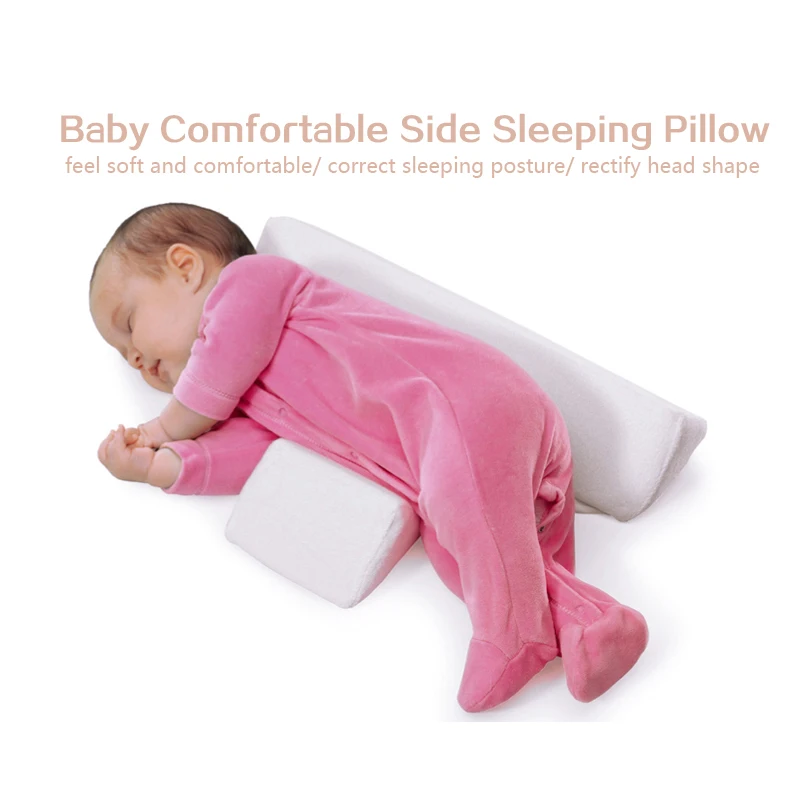 S., Jalou, H. E., Shively, L., Slaven, J. E., & Davis, S. D. (2019). Polysomnography reference values in healthy newborns. Journal of Clinical Sleep Medicine, 15(03), 437–443. https://pubmed.ncbi.nlm.nih.gov/30853051/
S., Jalou, H. E., Shively, L., Slaven, J. E., & Davis, S. D. (2019). Polysomnography reference values in healthy newborns. Journal of Clinical Sleep Medicine, 15(03), 437–443. https://pubmed.ncbi.nlm.nih.gov/30853051/ -
6.
Grigg-Damberger, M. M. (2016). The visual scoring of sleep in infants 0 to 2 months of age. Journal of Clinical Sleep Medicine, 12(03), 429–445 https://www.ncbi.nlm.nih.gov/pmc/articles/PMC4773630/
-
7.
Patel A.K., Reddy V., Araujo J.F. (2020). Physiology, sleep stages. In: StatPearls [Internet]. Treasure Island (FL): StatPearls Publishing. https://www.ncbi.nlm.nih.gov/books/NBK526132/
-
8.
Crosby, B., LeBourgeois, M. K., & Harsh, J. (2005). Racial differences in reported napping and nocturnal sleep in 2- to 8-year-old children. Pediatrics, 115(1), 225–232. https://www.ncbi.nlm.nih.gov/pmc/articles/PMC2987587/
-
9.
El Shakankiry, H. M. (2011). Sleep physiology and sleep disorders in childhood.
 Nature and Science of Sleep, 3, 101. https://www.ncbi.nlm.nih.gov/pmc/articles/PMC3630965/
Nature and Science of Sleep, 3, 101. https://www.ncbi.nlm.nih.gov/pmc/articles/PMC3630965/
See More
Baby sleep: what to expect at 2-12 months
Baby sleep needs
Babies need sleep to grow and develop well. But babies’ sleep needs vary, just as the sleep needs of older children and adults do. Your baby might be doing well with more or less sleep than other babies the same age.
Your baby’s mood and wellbeing is often a good guide to whether your baby is getting enough sleep. If your baby is:
- wakeful and grizzly, they might need more sleep
- wakeful and contented, they’re probably getting enough sleep.
How baby sleep changes from 2 to 12 months
As they get older, babies:
- sleep less in the daytime
- are awake for longer between naps
- have longer night-time sleeps and wake less at night
- need less sleep overall.
2-3 months: what to expect from baby sleep
At this age, babies sleep on and off during the day and night.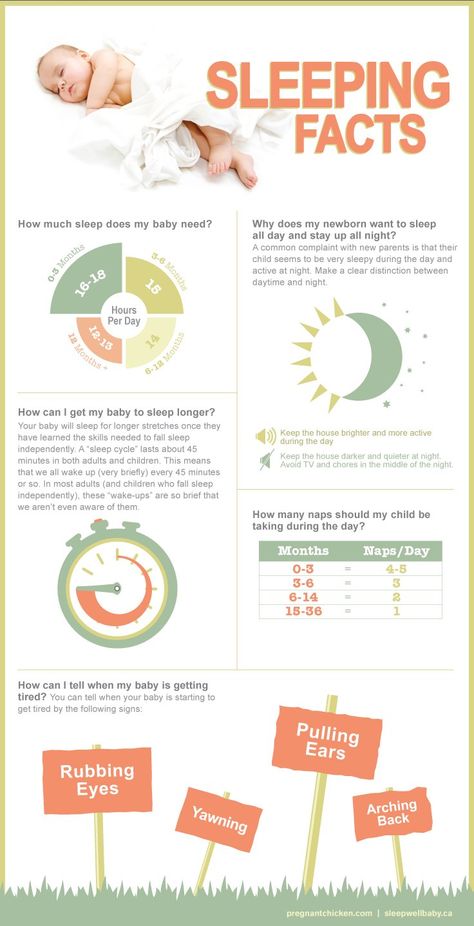 Most babies sleep for 14-17 hours in every 24 hours.
Most babies sleep for 14-17 hours in every 24 hours.
Young babies sleep in cycles that last 50-60 minutes. In young babies, each cycle is made up of active sleep and quiet sleep. Babies move around and grunt during active sleep, and sleep deeply during quiet sleep.
At the end of each cycle, babies wake up for a little while. They might grizzle or cry. They might need help to settle for the next sleep cycle.
At 2-3 months, babies start developing night and day sleep patterns. This means they tend to start sleeping more during the night.
Around 3 months: what to expect from baby sleep
Babies keep developing night and day sleep patterns.
Their sleep cycles consist of:
- light sleep, when baby wakes easily
- deep sleep, when baby is sound asleep and very still
- dream sleep, when baby is dreaming.
Sleep cycles also get longer, which might mean less waking and resettling during sleep. At this age, some babies might regularly be having longer sleeps at night – for example, 4-5 hours.
At this age, some babies might regularly be having longer sleeps at night – for example, 4-5 hours.
Most babies still sleep for 14-17 hours in every 24 hours.
3-6 months: what to expect from baby sleep
At this age, most babies sleep for 12-15 hours every 24 hours.
Babies might start moving towards a pattern of 2-3 daytime sleeps of up to two hours each.
And night-time sleeps get longer at this age. For example, some babies might be having long sleeps of six hours at night by the time they’re six months old.
But you can expect that your baby will still wake at least once each night.
6-12 months: what to expect from baby sleep
Babies sleep less as they get older. By the time your baby is one year old, baby will probably sleep for 11-14 hours every 24 hours.
Sleep during the night
From about six months, most babies have their longest sleeps at night.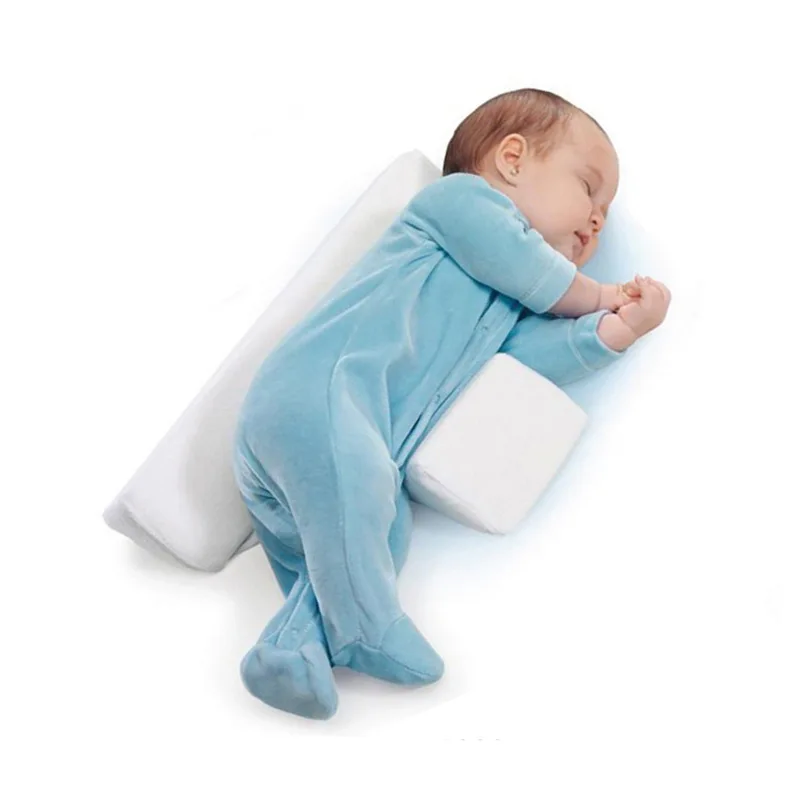
Most babies are ready for bed between 6 pm and 10 pm. They usually take less than 40 minutes to get to sleep, but some babies take longer.
At this age, baby sleep cycles are closer to those of grown-up sleep – which means less waking at night. So your baby might not wake you during the night, or waking might happen less often.
But many babies do wake during the night and need an adult to settle them back to sleep. Some babies do this 3-4 times a night.
Sleep during the day
At this age, most babies are still having 2-3 daytime naps that last for between 30 minutes and 2 hours.
6-12 months: other developments that affect sleep
From around six months, babies develop many new abilities that can affect their sleep or make them more difficult to settle:
- Babies learn to keep themselves awake, especially if something interesting is happening, or they’re in a place with a lot of light and noise.
- Settling difficulties can happen at the same time as crawling.
 You might notice your baby’s sleep habits changing when baby starts moving around more.
You might notice your baby’s sleep habits changing when baby starts moving around more. - Babies learn that things exist, even when they’re out of sight. Now that your baby knows you exist when you leave the bedroom, baby might call or cry out for you.
- Separation anxiety is when babies get upset because you’re not around. It might mean your baby doesn’t want to go to sleep and wakes up more often in the night. As babies mature they gradually overcome this worry.
6-12 months: night-time feeding
From around six months of age, if your baby is developing well, it’s OK to think about night weaning and phasing out night feeds. But if you’re comfortable with feeding your baby during the night, there’s no hurry to phase out night feeds.
You can choose what works best for you and your baby.
A rollover feed is a late feed somewhere between 10 pm and midnight. Some parents find that rollover feeds help babies sleep longer towards morning. If this works for you and your baby, it’s fine to give baby a rollover feed.
Concerns about baby sleep
If you’re concerned about your baby’s sleep, it can be a good idea to track your baby’s sleep for a week or so. This can help you get a clear picture of what’s going on.
You can do this by drawing up a simple chart with columns for each day of the week. Divide the days into hourly blocks, and colour the intervals when your baby is asleep. Keep your chart for 5-7 days.
Once completed, the chart will tell you things like:
- when and how much sleep your baby is getting
- how many times your baby is waking during the night
- how long your baby is taking to settle after waking.
You can also record how you tried to resettle your baby and what worked or didn’t work.
Then you can compare the information in your chart with the general information about baby sleep needs above:
- How does your child compare to other babies the same age? If your baby is wakeful and grizzly and getting much less sleep than others, your baby might need more opportunities for sleep.

- How many times is your baby over six months old waking up during the night? If it’s 3-4 times a night or more, you might be feeling very tired. You might want to think about phasing out some of your baby’s sleep habits.
If you decide you need to see a professional for help with your baby’s sleep, take your chart with you.
If you’re concerned about your baby’s sleep, it’s a very good idea to see a child health professional for help. You could start by talking with your GP or child and family health nurse.
How baby sleep patterns affect grown-ups
Babies and grown-ups need sleep for wellbeing, but babies sleep differently from adults. Most parents of babies under six months of age get up in the night to feed and settle their babies. For many, this keeps going after six months.
Some parents are OK with getting up a lot at night as long as they have enough support and they can catch up on sleep at other times. For others, getting up in the night over the long term has a serious effect on them and their family lives.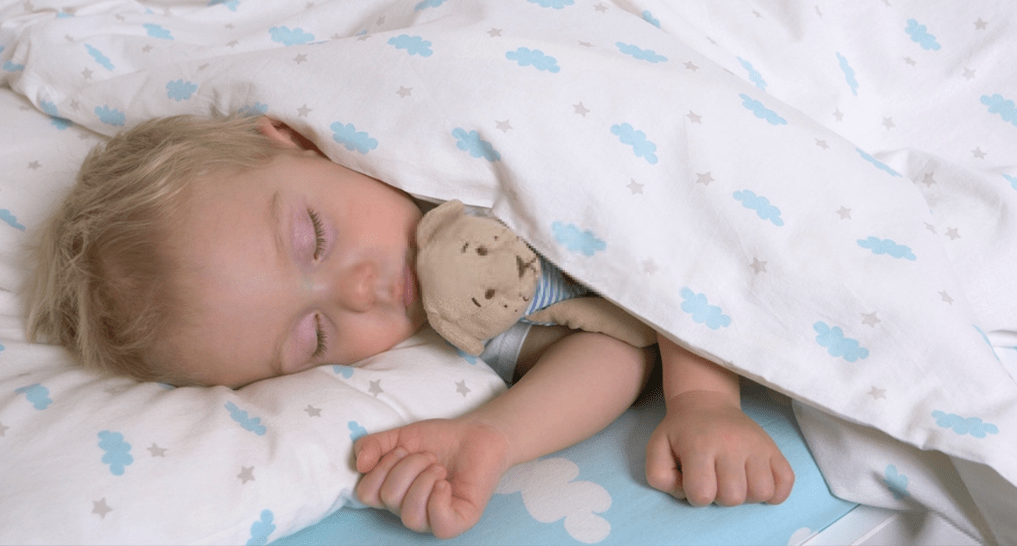
The quality of your sleep can affect your health and your mood. Being exhausted can make it hard to give your baby positive attention during the day. And your relationship with your baby and the time and attention you give baby during the day can affect the quality and quantity of baby’s sleep.
So it’s important that you get some help if you’re not getting enough sleep. You could start by asking family or friends for help. And if you feel that lack of sleep is affecting you mentally or emotionally, it’s a very good idea to talk with your GP or another health professional.
There’s a strong link between baby sleep difficulties and symptoms of postnatal depression in women and postnatal depression in men. But the link isn’t there if parents of babies with sleep difficulties are getting enough sleep themselves.
Languages other than English
- Arabic (PDF: 471kb)
- Dari (PDF: 469kb)
- Karen (PDF: 298kb)
- Persian (PDF: 420kb)
- Simplified Chinese (PDF: 502kb)
- Vietnamese (PDF: 324kb)
Sleep phases in a child - Sleep stages of a baby baby
Each person has his own associations with the word "sleep".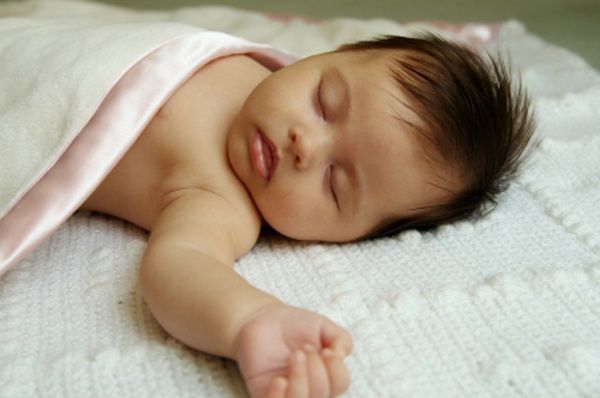 For some, this is a viscous, serene state, full of bliss. Someone more pragmatically will appreciate it as a rest for a tired mind and body. But for young parents, sometimes children's sleep attracts feelings of anxiety, excitement and even more fatigue. Such feelings are often associated with a lack of confidence in their knowledge on the subject.
For some, this is a viscous, serene state, full of bliss. Someone more pragmatically will appreciate it as a rest for a tired mind and body. But for young parents, sometimes children's sleep attracts feelings of anxiety, excitement and even more fatigue. Such feelings are often associated with a lack of confidence in their knowledge on the subject.
What is sleep? Why do babies often wake up at night? What happens in the body of a child and an adult during sleep?
Sleep phases
In the middle of the 20th century, scientists at the University of Chicago N. Kleitman and Y. Azerinsky, using electroencephalographs, came to the conclusion that at night a person needs to go through 4-6 wavy cycles of 80-100 minutes each.
Everything starts with a nap. This is first phase . This dream is extremely sensitive, it lasts 5-10 minutes. Breathing, pulse slow down, muscles relax. If we turn to a person, then he says that he did not sleep, but simply thought.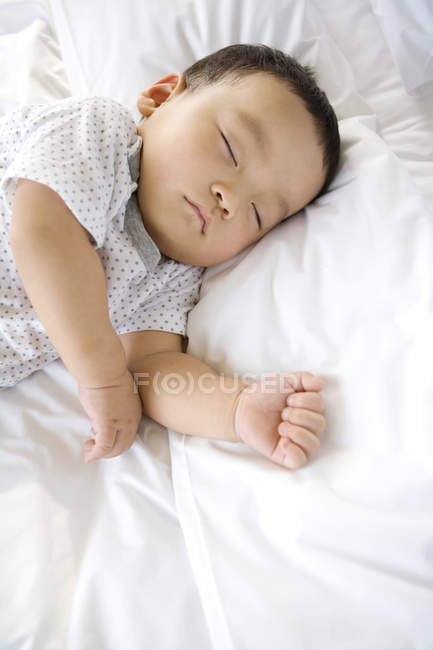
Time has come for the second stage or slow-deep sleep , which lasts approximately 20 minutes. Consciousness is turned off, but there are also thresholds of high auditory sensitivity, i.e. a person can be easily awakened by calling his name. The dream is light and gentle, but already real.
This is followed by the third and fourth stages of slow deep sleep. At this moment it is difficult to wake us up. The brain is busy processing signals from internal organs. The body removes decay products that have accumulated in the brain during the period of wakefulness. The fourth phase accounts for 80% of dreams, but what a pity that we do not remember them.
Here we come to phase of REM sleep or REM sleep. Here our behavior changes. The brain begins to work rapidly, as if during wakefulness, experiencing strong emotions. The paradox lies in the fact that the human muscles are completely immobilized, atonic, only the eyeballs under the closed eyelids quickly perform movements in a coordinated manner.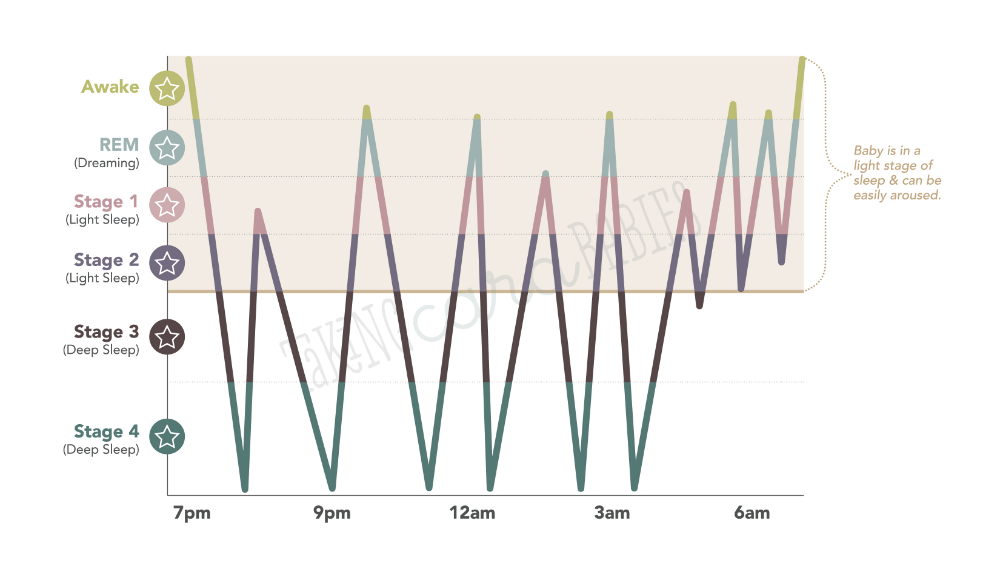 At this moment, we see the most colorful, vivid, emotional dreams that we remember after waking up. Our pulse, breathing are irregular, blood pressure and body temperature rise. The brain is busy processing and structuring the information received during the day. The brain adapts a person to changing environmental conditions, creates a program of action in the future. Therefore, it is not desirable to interrupt this phase of sleep, because. it directly affects the mental health of a person. It used to be thought that dreams lasted only seconds, but in fact we can dream up to half an hour. This is the most mysterious, unexplored phase. Scientists especially emphasize its importance for human life.
At this moment, we see the most colorful, vivid, emotional dreams that we remember after waking up. Our pulse, breathing are irregular, blood pressure and body temperature rise. The brain is busy processing and structuring the information received during the day. The brain adapts a person to changing environmental conditions, creates a program of action in the future. Therefore, it is not desirable to interrupt this phase of sleep, because. it directly affects the mental health of a person. It used to be thought that dreams lasted only seconds, but in fact we can dream up to half an hour. This is the most mysterious, unexplored phase. Scientists especially emphasize its importance for human life.
If you combine all the phases listed, you get one sleep cycle. Depending on the genetic predisposition (and not at all on laziness), a person needs to go through 4-6 such cycles. They vary in the duration of the individual phases during the night. If at first the slow sleep phase prevails, but in the morning its time decreases significantly from cycle to cycle, and the REM sleep phase becomes dominant.
If at first the slow sleep phase prevails, but in the morning its time decreases significantly from cycle to cycle, and the REM sleep phase becomes dominant.
VIDEO TUTORIALS
Baby Sleep Lessons
0-7 years old
More
Peculiarities of sleep in children
Turning to explanations related to the peculiarities of sleep of children, a phrase from Winnie the Pooh’s verse involuntarily pops up in my head: “If bears were bees, they would not care ...” If babies were born with a sleep characteristic of an adult , they would lose their touchingness, we would not be able to surround them with care. Of course, children's sleep sometimes causes a lot of trouble, but you can and should adapt to its features. We can teach the baby the right sleep habits, can become a wise and calm teacher for the baby, who will be an active participant in joint daytime fun and a guide in the labyrinths of dreams.
From the first day, the brain begins the painstaking work of adapting the child to the world around him. During sleep, this work continues. Conventionally the sleep of an infant can be divided into 2 main phases: active and calm. The infant's resting phase of sleep is the beginning of the development of non-REM sleep, which requires more complex neurophysiological mechanisms. This transformation takes place only by 2.5-3 months. It is no coincidence that there is an expression "to fall asleep with the sleep of a baby", because. the deep sleep of a baby is much stronger than an adult, if the child has entered this phase, he cannot be awakened by external noise.
The active phase of childhood sleep is similar to REM sleep in adults. We can notice different expressions on the baby’s face; the palms are clenched and unclenched, it seems that the whole body conveys some kind of emotion (although in an adult we notice a minimum of movements in this phase). It can be assumed that the system of suppression of motor activity has not yet been developed in babies. At this point, the baby can wake himself up with his movements. It is useful to remember about swaddling for sleep.
It can be assumed that the system of suppression of motor activity has not yet been developed in babies. At this point, the baby can wake himself up with his movements. It is useful to remember about swaddling for sleep.
How does a child's sleep change as they grow up?
The active phase of sleep in newborns takes up almost 70-80% of sleep. Literally in 2 weeks, 50% is given to fast sleep. By 4 months, baby's REM sleep is 40%. By 3 years - 30%. We must not forget that during REM sleep, the baby's brain integrates the information received during wakefulness into a complete picture of the world.
Baby's sleep cycle is 40-90 minutes, babies can't link sleep cycles, so they wake up and cry, it's an accessible way for them to communicate with adults. Weeping, they explain to us their needs. This is the way to survive.
As early as 4 months old, parents can start teaching their baby how to link sleep cycles to each other in order to provide better quality sleep for their baby and the whole family. The baby is growing, sleep norms are changing , and the process of children's sleep is becoming more and more close to that of an adult. The amount of sleep is reduced, periods of wakefulness change, the phase of active sleep decreases, muscle movements during sleep become a thing of the past.
The baby is growing, sleep norms are changing , and the process of children's sleep is becoming more and more close to that of an adult. The amount of sleep is reduced, periods of wakefulness change, the phase of active sleep decreases, muscle movements during sleep become a thing of the past.
Now it is useful to learn how to teach your child to connect the cycles of dreams. Believe the habit of sleeping through the night is a skill that can be mastered by children from 5-6 months.
Physiology Sleep PhasesSleep Cycle NormalSleep
Sleep phases | REM and deep phases of sleep in newborns
09/15/2015
132593
173
Child's regimen
Author of the article
Tatyana Chkhikvishvili
Tatyana Chkhikvishvili
Head of online programs, psychologist, consultant on sleep and breastfeeding
Mom of two children
Newborn sleep and sleep phases in children during the first months of life differ from adult sleep.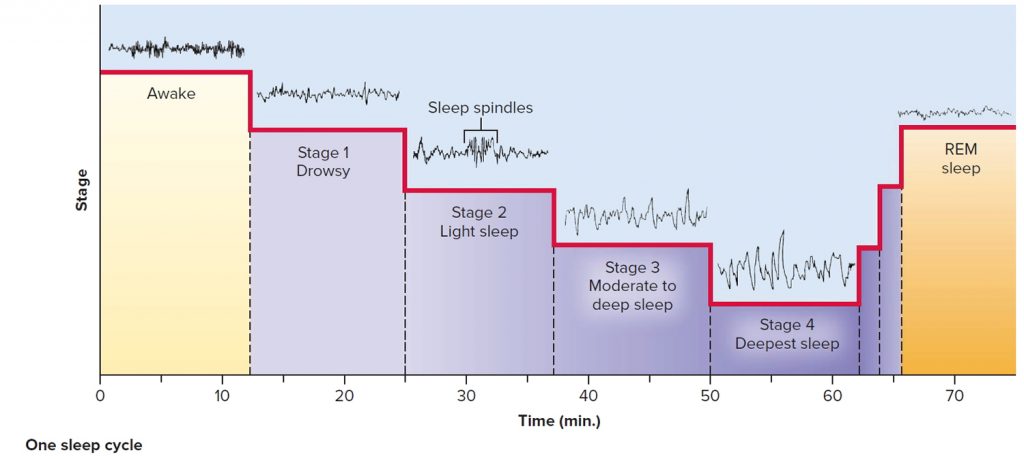 What are the phases of a baby's sleep, when there is a transition to an adult sleep model, what happens after a change in the sleep pattern - this article tells.
What are the phases of a baby's sleep, when there is a transition to an adult sleep model, what happens after a change in the sleep pattern - this article tells.
0–4 months. Improve sleep in 3 weeks
Sleep before birth
Unborn babies spend most of their time sleeping. It is even possible that they are dreaming. Unfortunately, scientists do not have accurate information about exactly how babies sleep in their mother's stomach.
The first days of life
Immediately after birth, babies continue to sleep a lot, spending almost all the time sleeping. In newborns, sleep is divided into two phases:
- active sleep;
- restful sleep.
Active sleep already in the first days after birth is transformed into REM sleep, similar to the phase of REM sleep in adults. REM sleep is also called the REM stage - from the English "Rapid Eye Movement", which means "sleep with rapid eye movements.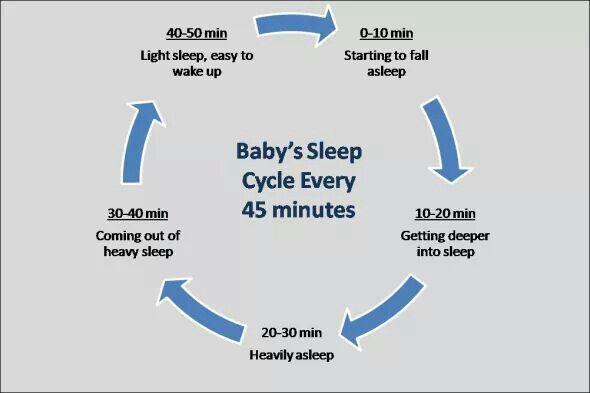 "
"
REM sleep
In adults, REM sleep accounts for 15–25% of sleep, while in infants, REM sleep is about 40–50%. This is necessary for the growth and development of the child's brain - it is in the phase of REM sleep that dreams give the brain visual images, training the brain and stimulating its growth.
REM sleep provides the function of psychological protection, relieves psycho-emotional stress, filters information, reboots the brain, and ensures brain growth.
The proportion of REM sleep decreases as the child grows:
Gradual maturation - 1-3 months
Another form of baby sleep is restful sleep, which later transforms into non-REM sleep, similar to adult sleep. Brain maturation takes place in different ways, all children have their own, individual speed. Non-REM sleep requires higher brain maturity, which is why it occurs later than REM sleep. This happens on average in 1-3 months.
Non-REM sleep consists of the following stages:
- Entering sleep
- Superficial sleep
- Deep sleep
Deep sleep
Deep sleep in babies is much better than in adults. Children practically do not react to sounds, light, touch and temperature. This stage of sleep in young children lasts about 20 minutes. Deep sleep is responsible for restoring energy. It "reboots" the body, relieves accumulated fatigue, gives physical rest, restores and "charges" the immune system.
In order to fully recover physically and strengthen the immune system, children need a sufficient presence of the stage of deep sleep - contrary to a fairly common misconception that children up to almost a year old should sleep exclusively on superficial sleep.
Falling asleep after 4 months
Now, falling asleep, babies “walk the steps of sleep”, sequentially passing through all stages of sleep.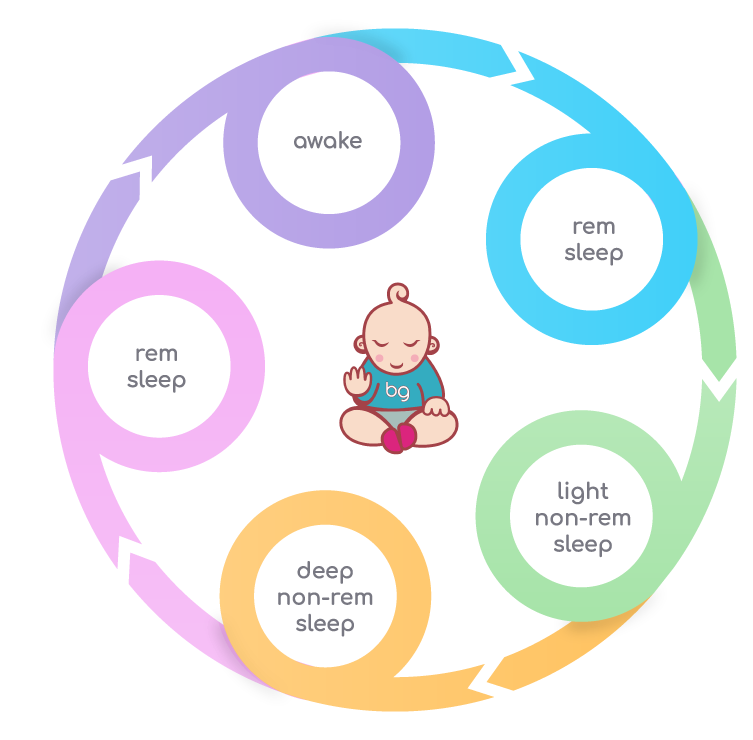
Sleep stages of the child after 3–4 months:
- sleep entry;
- superficial sleep;
- deep dream;
- fast sleep.
That is why if you try to shift a grown-up child who has just fallen asleep, he will most likely wake up immediately - his dream was superficial.
40-minute naps
Sleep phases make up a baby's sleep cycle. After 3-4 months, it is similar to the adult sleep cycle, but has a much shorter duration - about 40 minutes.
A baby's 40-minute sleep cycle often ends with the baby waking up. This is necessary to monitor and assess its condition. Is everything in order, is it not hot, not cold, is the baby hungry?
If everything is in order, the baby immediately falls asleep again, and often parents do not even notice this micro-awakening. If something is wrong, the baby declares his needs.
Such awakenings between sleep cycles occur every night in adults.